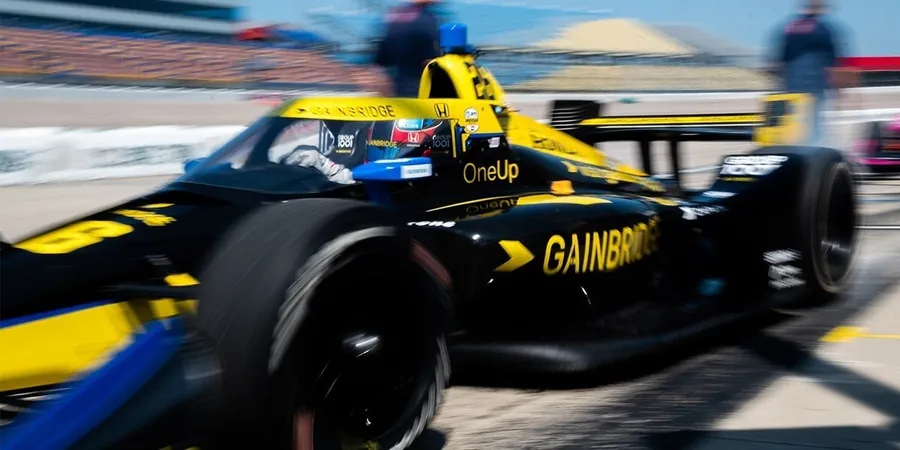
IndyCar's Game-Changer: Aluminium Wheels on the Horizon by 2026?
2025-01-04
Author: Daniel
IndyCar is on the cusp of a significant transformation as it considers a bold shift from traditional magnesium wheels to aluminium alternatives by 2026 or 2027. This strategic move aims to tackle rising costs and increasingly complex supply chain challenges that teams have faced in recent years.
Historically, magnesium wheels have been the go-to choice for high-performance racing, thanks to their lightweight properties and rigidity. This material has dominated the racing scene, including both IndyCar and Formula 1, since the 1990s. However, as the sport has evolved, the difficulty in sourcing magnesium has grown — a dilemma exacerbated by the limited number of suppliers and the substantial quantities required for every IndyCar team.
Currently, the primary suppliers for IndyCar wheels are O.Z. Racing and BBS, with O.Z. holding a significant share of the market. The recent scarcity of magnesium has prompted competition and led the series to actively explore aluminium as a more accessible and cost-effective substitute. In discussions with teams and manufacturers, IndyCar aims to develop aluminium wheels that maintain the same dimensions and weight profiles as existing magnesium wheels to ensure that performance remains consistent across the board.
The financial implications of this potential transition are striking. Presently, a team shells out around $6,600 for a set of magnesium wheels, set at approximately $1,650 per wheel. Teams generally begin the season with 10 to 12 sets and may need to purchase additional wheels throughout the season due to wear or damage. In contrast, the anticipated cost of the proposed aluminium wheels is about $750 per set, which could mean significant cost savings for teams operating within a tight budget.
While magnesium is acclaimed for being the lightest structural metal — weighing 1.5 times less than aluminium and possessing excellent vibration damping capabilities — its scarcity and high costs present considerable challenges. Aluminium wheels, despite being slightly heavier, are more readily available and affordable, making them a tempting alternative for the future of IndyCar racing.
As discussions advance, all eyes will be on IndyCar to see if they can make this pivotal shift and how it might reshape competition in one of the most storied racing leagues in the world. Will aluminium wheels pave the way for a new era of affordability and accessibility in the sport? Stay tuned as the race unfolds!



 Brasil (PT)
Brasil (PT)
 Canada (EN)
Canada (EN)
 Chile (ES)
Chile (ES)
 Česko (CS)
Česko (CS)
 대한민국 (KO)
대한민국 (KO)
 España (ES)
España (ES)
 France (FR)
France (FR)
 Hong Kong (EN)
Hong Kong (EN)
 Italia (IT)
Italia (IT)
 日本 (JA)
日本 (JA)
 Magyarország (HU)
Magyarország (HU)
 Norge (NO)
Norge (NO)
 Polska (PL)
Polska (PL)
 Schweiz (DE)
Schweiz (DE)
 Singapore (EN)
Singapore (EN)
 Sverige (SV)
Sverige (SV)
 Suomi (FI)
Suomi (FI)
 Türkiye (TR)
Türkiye (TR)
 الإمارات العربية المتحدة (AR)
الإمارات العربية المتحدة (AR)